How To Write A Song In 5 Simple Steps - 2024 Guide
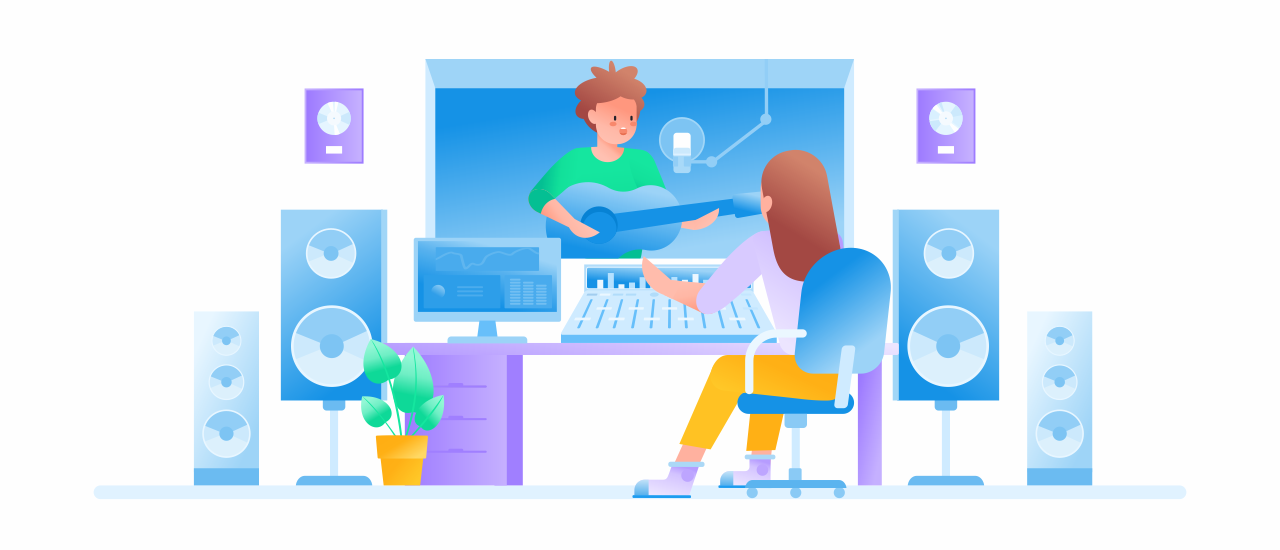
Have you ever dreamt of writing a song like Twenty One Pilots or The Weeknd and to become a famous artist? Perhaps it’s time to take the leap and implement your passion for songwriting.
When you start for the first time, it may sound challenging to create your own tune, but we are here to prove you wrong.
Here is 5 simple and effective steps on how to do it. Let's face the truth - there is a lot of useless tips like "listen to your heart, start with the song name, etc" all over the Internet. All of them barely give any practical pieces of advice. Therefore, the ChordChord team decided to make the detailed guide with the real world examples.
This guide covers almost any genre, the only thing we assume is — your song should have the melody and lyrics.
Let's get started!

Start with the music
Any song starts with the music. We have a few ways to go from here, but their goal is common — to create a skeleton of the song that is called chord progression, in other words it is a sequence of chords that sound good in combination with each other.
The typical chord progression contains 2, 3, 4 or 8 chords. For this reason, you can pick the most suitable method for you:
A) The most common way to compose chord progressions from scratch is to know the basics of music theory and some chords on musical instrument of your choice. Take your guitar and start strumming chords.
Of course, it's pretty hard to get a pleasant sound from randomly playing notes. But the good news is that all pure chord progressions were already invented, and most common of them are repeatedly used in popular songs like I – V – vi – IV progression. So all you need to do is to pick the most suitable progression for you and create your own music on its base.
A few examples of chord progressions:
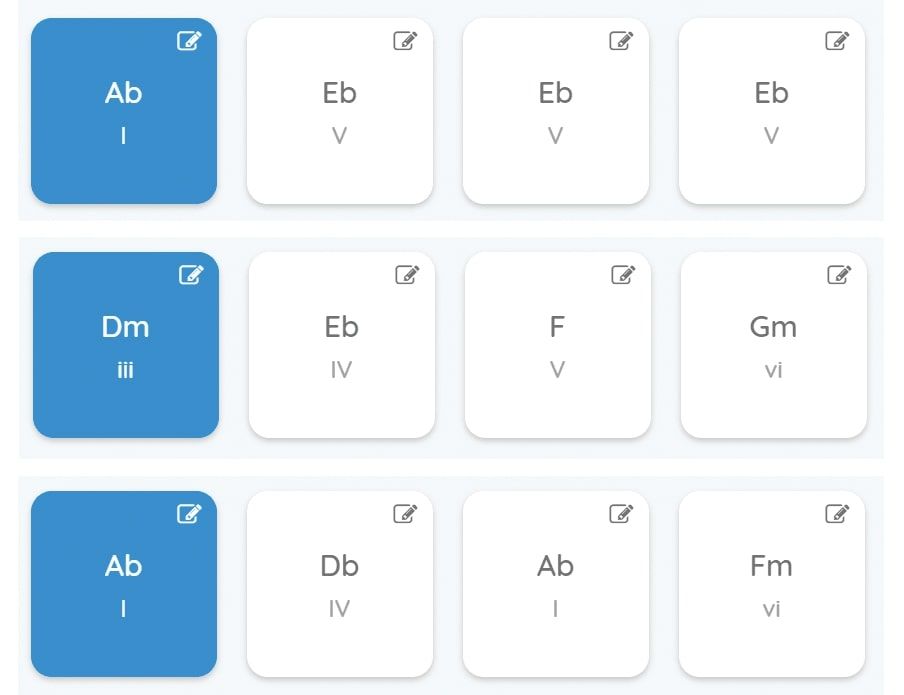
Another great news is that pop songs usually pick no more than four chords and even sometimes will only use one chord progression that repeats for the entire song. That’s not the case if you are writing the instrumental music, of course.
B) If you want to focus on the other important things or just out of your creativity — try to play with the chord progression generator. It can simplify the process of creating the skeleton for your song. So, if you struggle with the chords — generator can give you some really good ideas.
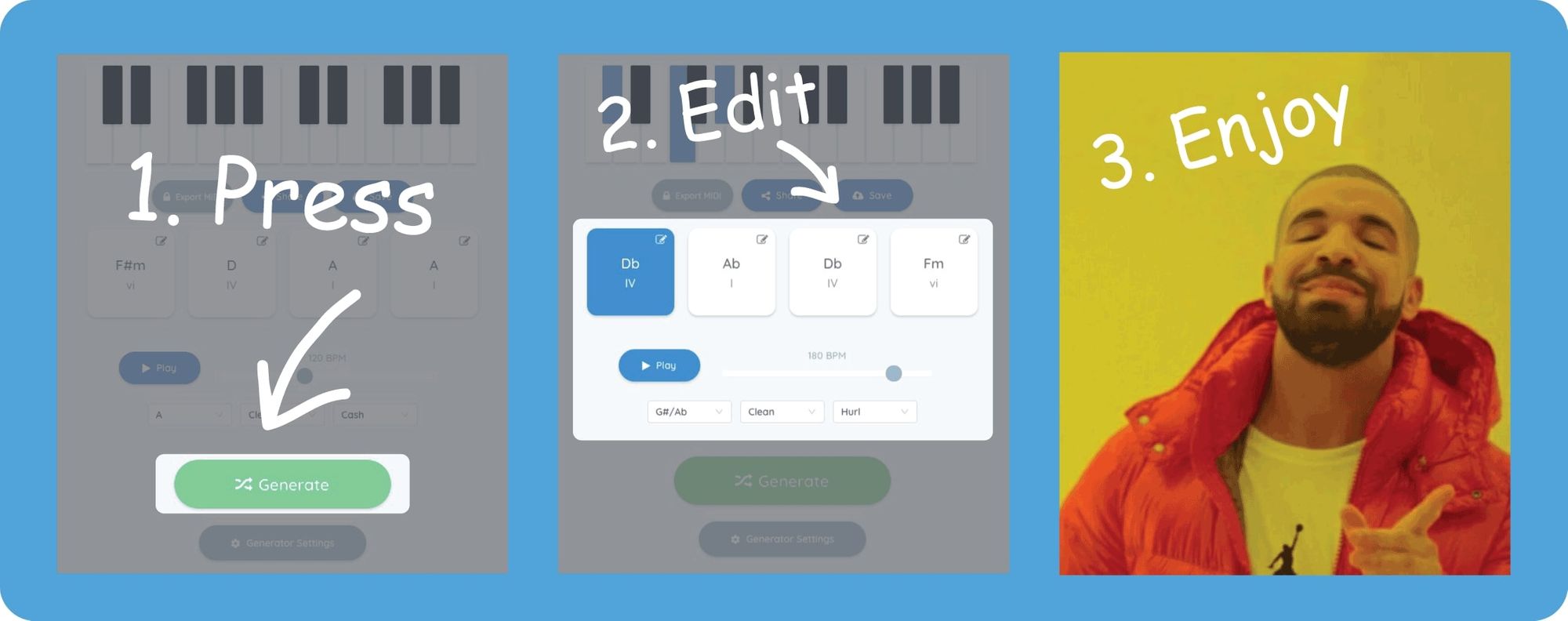
C) And also you can use digital audio workstation (DAW) while writing music. The thing is that DAW can easily fright a beginner, so it's important to choose the application that is easy to use. Be sure that there is a wide range of DAW’s and you have the choice to pick any of them. Check out the Producer Stash that contains a curated list of music production software.
Anyway, you will use the DAW at the production and mixing stage to arrange the music and make sure it all fits together. So make sure to get to know one of them.
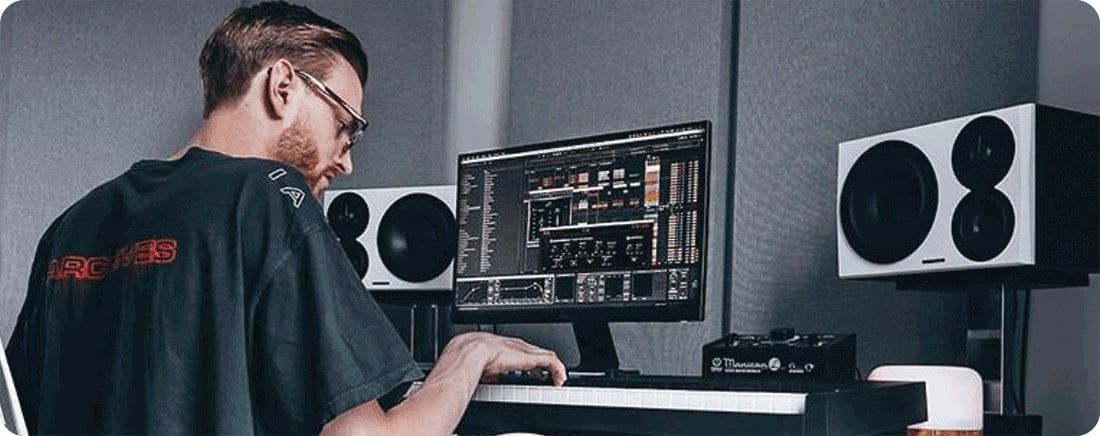
Melody
Melody and lyrics go hand in hand, but the melody is a bit more important. Many songwriters, such as Peter Gabriel, first start to write melody before starting to work with the lyrics.
Before we dive into the melodies, we should remember the building blocks of the songs. Many songs have a recognizable structure, and your melody can be different for them:
- Verse — the lyrics dominate here, but the melody is important too.
- Chorus — is the section that repeats at least once both musically and lyrically. Must be the most catchy and memorable part to leave your song in your listener's head.
- (Optional) Bridge, or other parts of the song — they usually play the connection role between sections of a song. Dan Reynolds does that very often. Almost every Imagine Dragons song has the bridge that is preparing your ears for the chorus.
Here is a few examples:
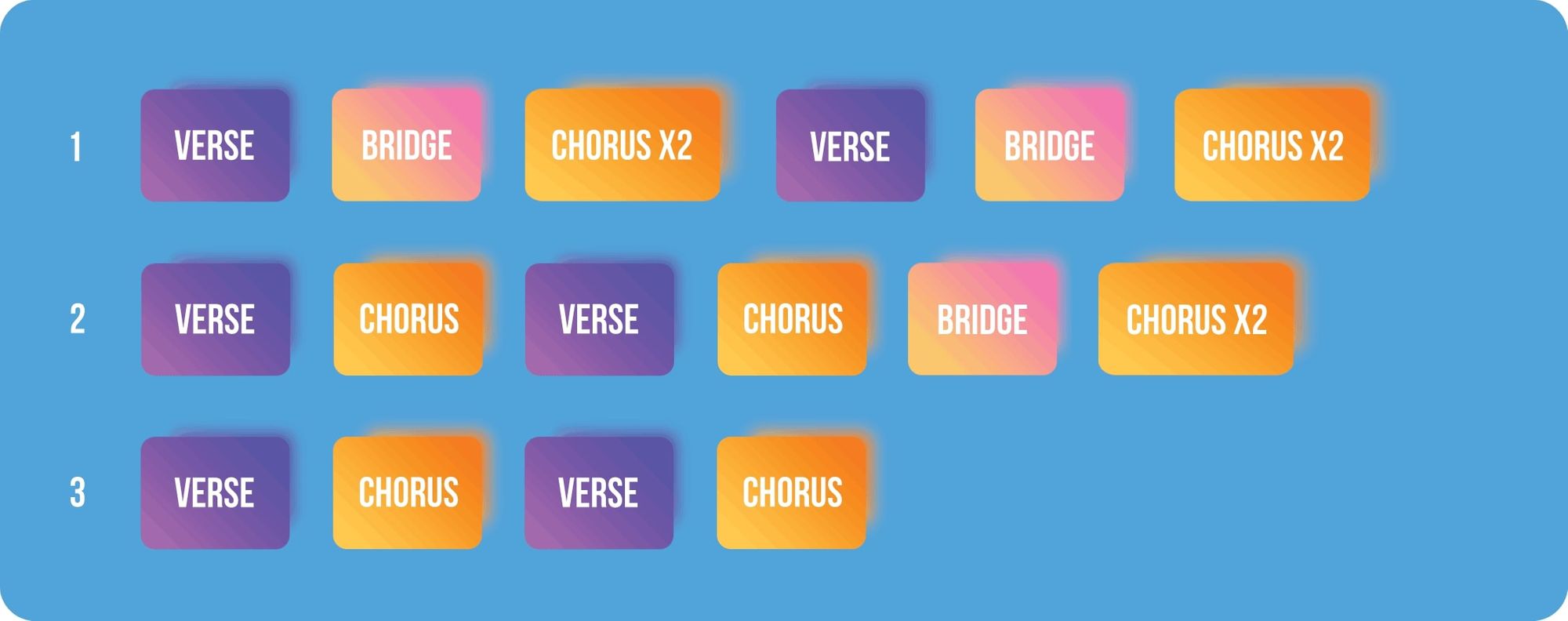
The third one is probably the most common song structure in pop music. So if you’re going to become a decent songwriter, get used to make songs like this.
There are some examples of songs with a Verse-Chorus-Verse-Chorus structure:
- “Smoke On The Water” by Deep Purple
- “All You Need Is Love” by The Beatles
- “Heart Shaped Box” by Nirvana
The good way to make a melody is humming absurd syllables just to understand how text and music can complement each other.
One of the most famous and sung songs in the history of mankind, was created exactly this way. The composer woke up in the morning with a melody in his head, and sang “Scrambled eggs, oh you've got such lovely legs”. In the end, he figured out both the melody and the text. That is exactly how Paul McCartney wrote the song “Yesterday.”
Other way is to play the melody on the piano, and after that sing it with your voice. Don't try to play something complex to be able to reproduce it with your voice, therefore, make it short and sweet.
Unfortunately, inspiration does not usually come by order, and when it's convenient for you, it's important that you can remember every new song that comes to your mind, regardless of where you are at that moment.
There’s nothing worse for you as a songwriter than to come up with an amazing melody, and after that to absolutely forget it. To avoid this, develop a habit to start a sound recorder on your phone. It can be very difficult to remember the magnificent melody when you accidentally sang it. But with the recording you would be able to save your masterpiece.
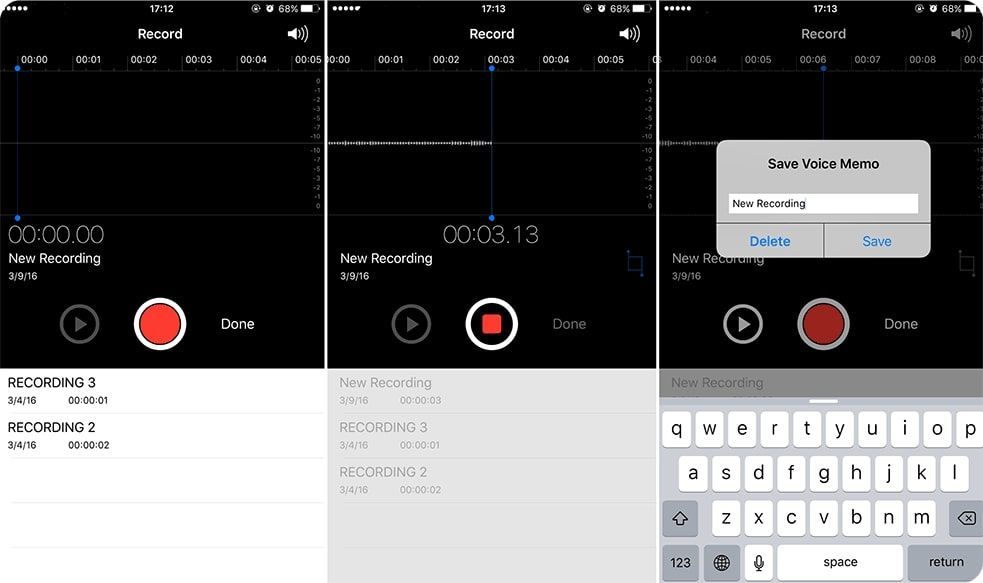
Lyrics Starts Here
As we said before, humming absurd lyrics is the key to getting started. But after finding your riff, you should try to substitute the useless words with something that makes sense.
Human brain always tries to find sense in everything. It means that your melody already should have the mood. Listen to your music and try to understand what you feel. Are you happy or angry, excited or frustrated?
So now you need to complete and strengthen this mood with words and build your lyrics around your music. Don't forget that the number of syllables in your words should be equal to previously mumbled pseudo-text.
The message and story should come from you, but there is a lot of tools you can use to get help with the words themselves. If you're stuck, you can find some ideas with the song lyrics generator or RhymeZone website.
Of course words are important, but don’t take lyrics too seriously. Just check a few pop song lyrics from the past few years and make sure that none of them have anything in common with Shakespeare poems.
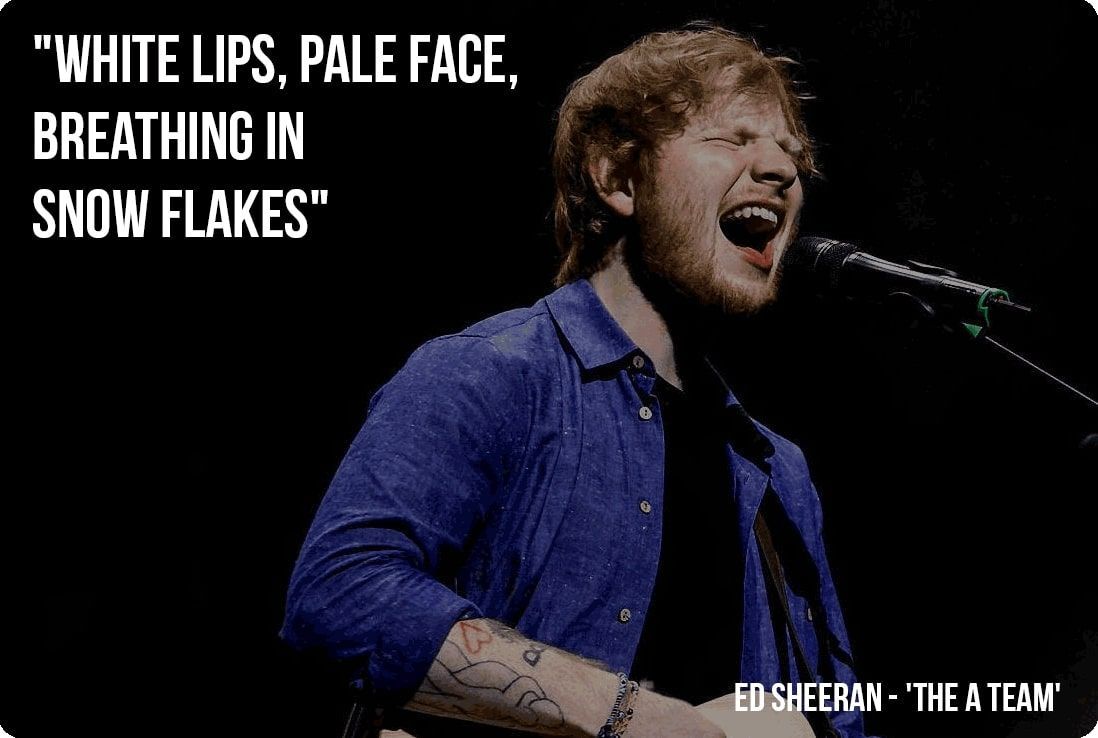
Sing about what surrounds you, and maybe one day you will write your own platinum record.
Finalizing the Song
“If you listen to 10 songs a day, you'll be at 10 000 hours of songs by your 30s”
And that's exactly the amount of hours you need to become an expert in any field. Your music brain is incredibly sophisticated. You always have songs those you like and those you don't, you can easily tell the difference between Drake and Mozart, between Beyoncé and The Weeknd. So, be sure to use your music listening experience while creating your own.
After all, when you have a chord progression, melody with the structure and some lyrics — try to find the best and worst parts of the song. If you don’t like any part of your music, that means that you simply know that this part can be better, so just work on it. Keep doing that, until you are fully satisfied with what you hear.

Don't be afraid of releasing your music into the world. To develop as a musician it is important to find your listener and to learn from your mistakes. There are many great platforms where you can spread your creativity, like SoundCloud, Audiomack, Spotify, etc.
Find Your Own Way
Actually, forget about all the rules we've told you. Everyone has his own path of creating Top Chart songs. Remember Richard Rogers and Oscar Hammerstein, Jerry Garcia and Robert Hunter, or Joe Strummer and Mick Jones.
If a muse came to you, what's the difference whether you start with a melody or with a text? Do not miss your inspiration and simply create.
The main thing you need to understand before you start creating a song is that there is no secret formula for good music. The only common thing that unites every song which was ever written is hard work.
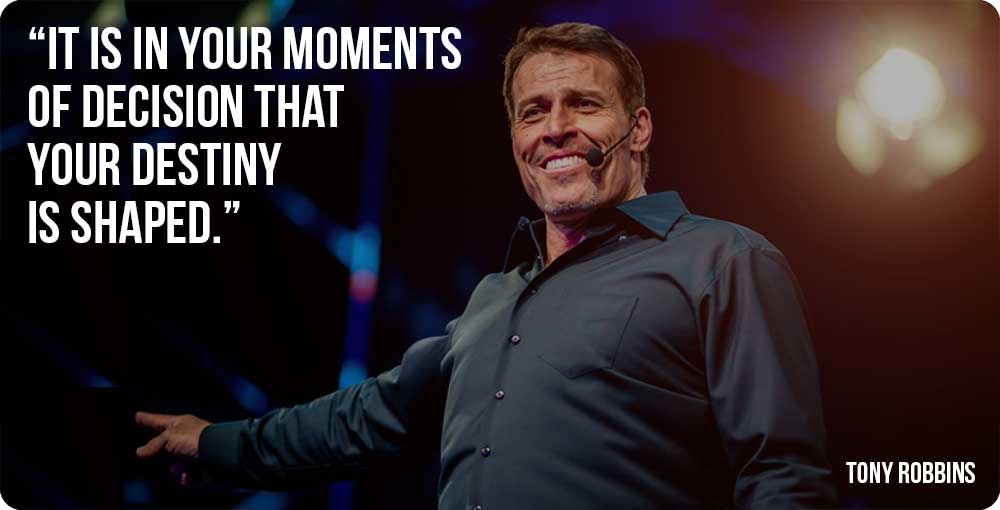
Stop thinking about writing songs, it's time to write them. You want to become a celebrity, right? If you want to write a really good song, then you have to work. Start today. Promise yourself to write a few songs a week, just like successful writers put themselves a bar for several thousand words a day.
